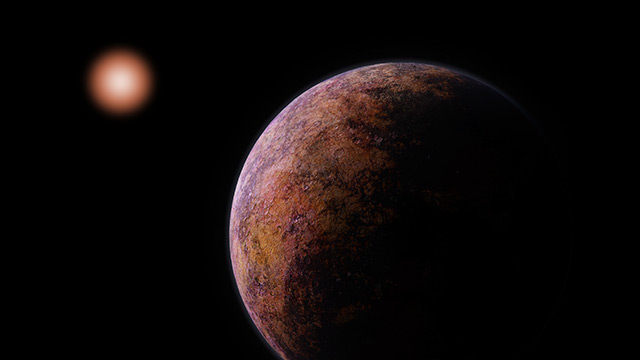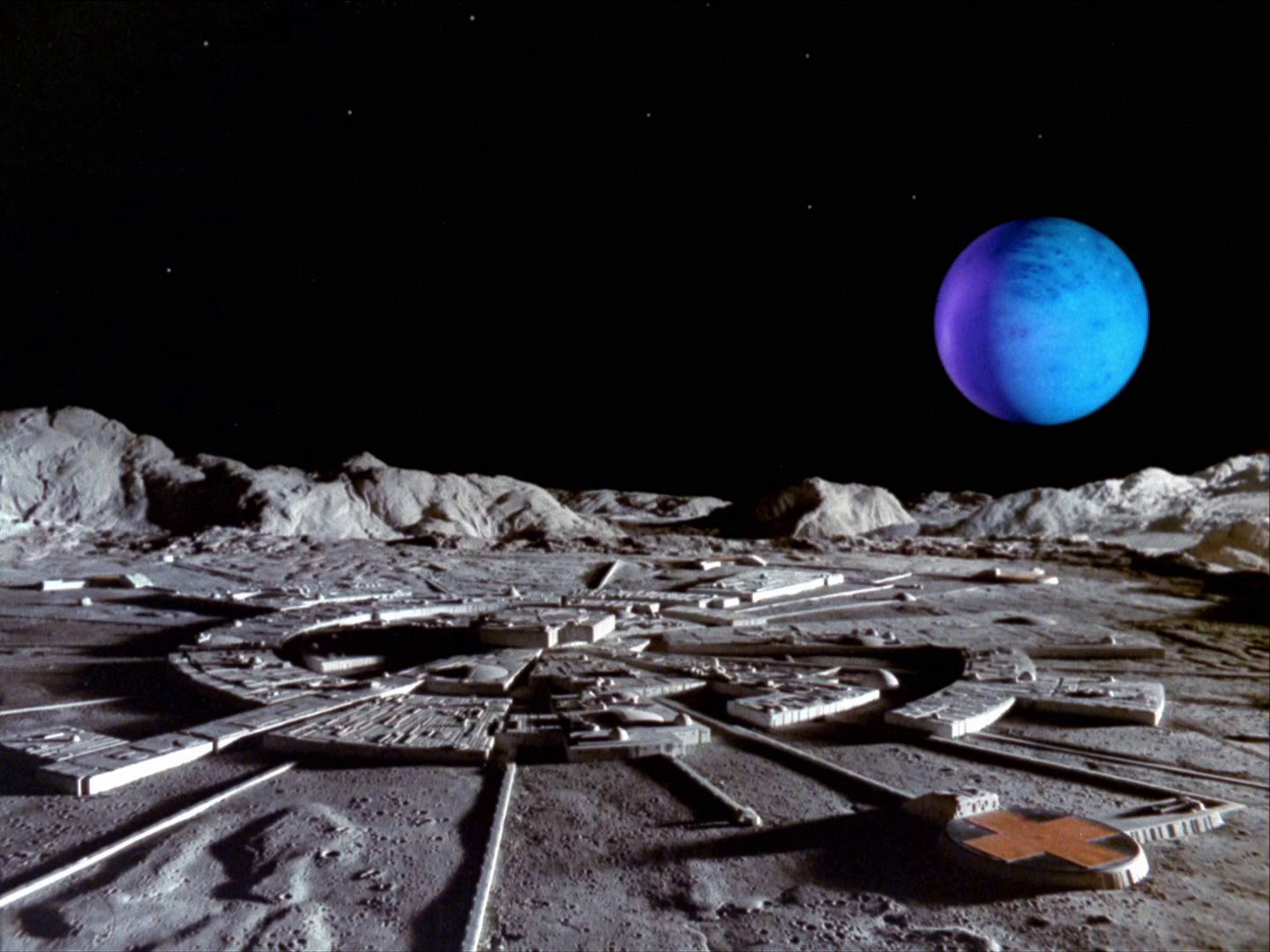Stellar flare on Jupiter-sized star 10 times more explosive than any event on the Sun, reveals expert
09/07/2019 / By Edsel Cook

Many stars out in space are much smaller and colder than the sun. But these small celestial bodies may still unleash stellar flares that dwarf the mightiest solar flares known to man.
Researchers have recently detected a white-light superflare from a star around the size of Jupiter. It is the coolest and smallest one that ever released such a rare and massive type of stellar flare.
Flares originate from an abrupt surge of magnetic energy deep inside the star. The activity releases charged particles that kindle the plasma on the stellar surface, thereby unleashing enormous amounts of radiation.
“The activity of low mass stars decreases as you go to lower and lower masses and we expect the chromosphere (a region of the star which support flares) to get cooler or weaker,” explained the University of Warwick researcher James Jackman, who authored the study. “The fact that we’ve observed this incredibly low mass star, where the chromosphere should be almost at its weakest, but we have a white-light flare occurring shows that strong magnetic activity can still persist down to this level.” (Related: Scientists warn of MASSIVE solar storms: “We need to be better prepared.”)
A tiny star released a stellar flare 10 times bigger than the Carrington event
ULAS J224940.13-011236.9 is an L dwarf star found 250 light-years from Earth. Its entire diameter takes up just 10 percent of the sun’s radius.
Jackman explained that the L dwarf star was usually too faint for most telescopes. However, it experienced a massive stellar flare at the same time that the Warwick-led research team happened to be studying its neighbors.
The excited researchers spent the next 146 nights studying the surprise white light superflare. They used both ground-based telescopes and NASA’s Wide-field Infrared Survey Explorer (WISE) space observatory.
Their calculations indicated that the stellar flare released 80 billion megatons of TNT. It was ten times more powerful than the Carrington Event of 1859, the biggest solar event known to man.
The sun often releases solar flares of varying magnitudes. If it ever underwent a white light superflare of the same strength, the communications network and power grid on Earth might not survive.
Going back to the ULAS J224940.13-011236.9, its recent stellar flare was one of the largest experienced by any L dwarf star. It increased the brightness of the celestial body by 10,000 times.
Small L dwarf stars may pack a bigger bang than expected
When it comes to mass objects that count as stars, L dwarfs occupy the middle ground between full stars and brown dwarfs. They have just enough mass to commence thermonuclear fusion. In comparison, brown dwarfs and gas giants don’t have enough mass to fuse hydrogen into helium.
In comparison to main-sequence stars, L dwarf stars have lower temperatures. Most of the light they emit is in the infrared spectrum, which is invisible to optical sensors.
Even a stellar flare on such a star would only release a burst of ultraviolet (UV) light. These stars may not provide the kind of light that is required to form and support life as we know it on nearby exoplanets.
A specific amount of UV radiation is required to trigger chemical reactions that form the building blocks of life. Without that radiation, life couldn’t form.
“These stars don’t normally have that because they emit mostly in the infra-red,” he commented. “But if they produced a large flare such as this one that might kickstart some reactions.”
ULAS J224940.13-011236.9 somehow unleashed an intense stellar flare that exceeded those of much bigger stars. Warwick researchers are now trying to find out how this L dwarf star stored incredible amounts of energy in its magnetic field.
Sources include:
Tagged Under: alien life, Carrington event, dwarf stars, exoplanets, Jupiter, new discovery, outer space, solar flare, Space, space weather, stellar flares, sun, superflare, weird science
RECENT NEWS & ARTICLES
Cosmic.News is a fact-based public education website published by Cosmic News Features, LLC.
All content copyright © 2018 by Cosmic News Features, LLC.
Contact Us with Tips or Corrections
All trademarks, registered trademarks and servicemarks mentioned on this site are the property of their respective owners.


















